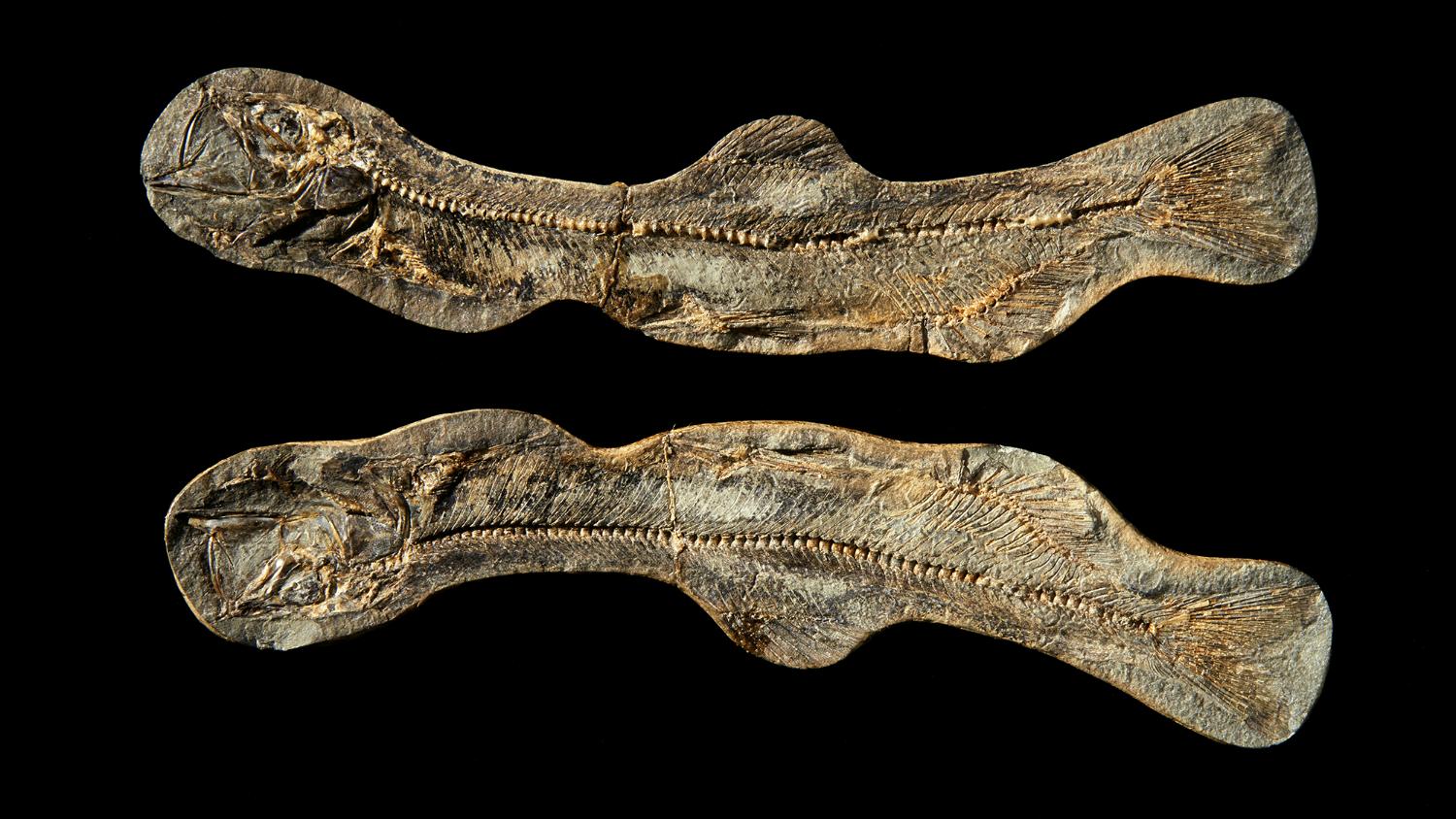Geology and Palaeontology
 Foto: Adnan Icagic, Norges arktiske universitetsmuseum
Foto: Adnan Icagic, Norges arktiske universitetsmuseumAn important task for us is to build up reference collections for the area of responsibility in Northern Norway and Svalbard, several of which have been established.
The Geology collections are divided as follows (includes database-registered material only):
We estimate that there are around 25,000 fossil and 37,000 non-fossil specimens in the Geology collections at TMU.
Apart from the map collection (TSGSto), all other sub-collections contain both Norwegian and some non-Norwegian material, so they are not exclusively regionally limited to Northern Norway and Svalbard. In addition, there are several specialized scientific collections (e.g. within paleontology). The collections are continuously registered in databases according to the following main topics: minerals (TSGMi), ores (TSGMa), petrography (TSGPet), soils (TSGJor), paleontology (TSGF), structures (TSGStr), outdoor exhibition (TSGSv), erratics (TSGEr), anthropogenically-altered rocks (TSGVa), meteorites (TSGMet), and the northern Norwegian map collection (TSGSto). These collections also include historical collections, such as Karl Pettersen's collection. Databases of pre-Quaternary fossil deposits have also been established in northern Norway, northern Sweden, and northern Finland.
Collection material may also be available as preparations. These are samples that have been chemically or mechanically prepared to obtain the necessary data for systematic determination and placement in our collection, and/or to provide a relevant basis for further research work. Two of the museum's former geologists have also been active in mapping the bedrock in northern Norway. After Karl Pettersen, who was Northern Norway's first geologist and manager of Tromsø Museum from 1872 until his death in 1890, we have the first geological map of Troms county. For both collection and research work, different types of maps, such as topographical, bedrock geological and Quaternary geological, are an important tool. This also applies to historical surveys. Locality names on original labels for old samples were in their time taken from what are today old map works.
The collection also contains historical archive material, which is often a source of additional knowledge about the sample material. This can be correspondence (letters), sketches, drafts, slides, paper photos and negatives, diaries, field books and original collection catalogs. This material can be used for several purposes. Collectibles can be collected by own staff, acquired through exchange or purchase, or derived from gifts. The latter is the example of the mineral collection from HMT Esmark in 1872.
Information regarding the deposition of type specimens can be found here.
Members:
Financial/grant information:
Digermulen Early Life Research Group (funded by the Research Council of Norway).